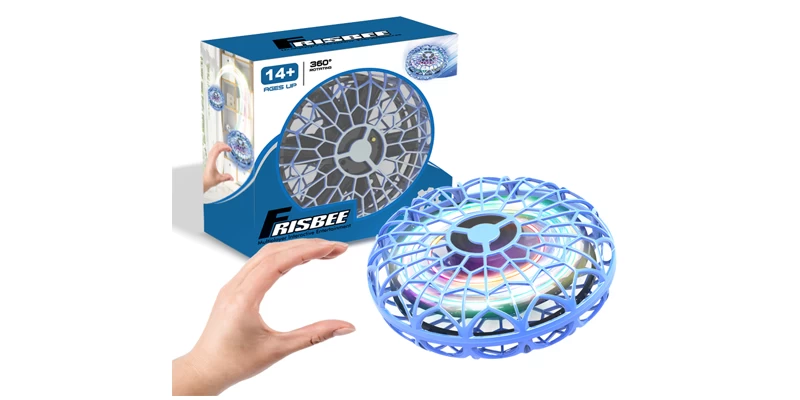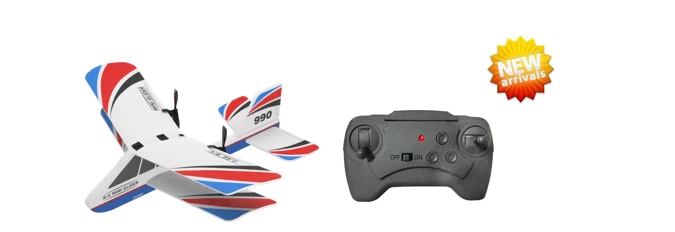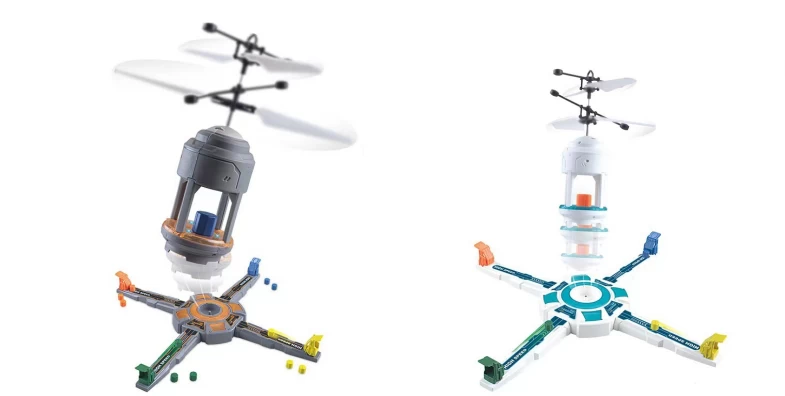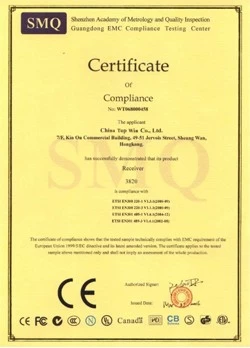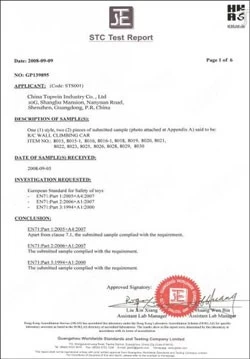SOFT SENSORS MIGHT MAKE WEARABLES ACTUALLY WEARABLE
chinatopwin
chinatopwin
2017-07-14 09:23:25
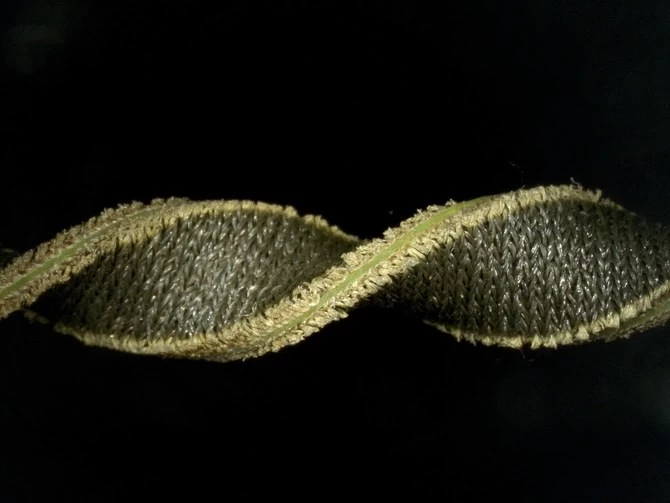
because it’s made from a mix of nylon and spandex, not cotton. And it stands out in another way,
too: If you flip back a corner of the cloth, one side has an unexpected metallic sheen.
This textile isn’t the creation of a sci-fi costume director. It’s called shieldex, and it was exactly
This textile isn’t the creation of a sci-fi costume director. It’s called shieldex, and it was exactly
what textile engineer Asli Atalay and her team at Harvard needed to develop a soft, stretchable,
motion-measuring sensor. The metallic shine comes from silver coating the flexible fibers, so the
fabric can stretch and conduct electrons at the same time. Rather than slapping silicon chips into
bracelets, these electronics could give wearables more of the stretchability and comfort of the
best sweatpants.
While the roboticist’s arsenal of metal components and silicon chips accomplishes a lot, softer
While the roboticist’s arsenal of metal components and silicon chips accomplishes a lot, softer
robotic wearables could be friendlier for injuries, or older users, driving down the risks to humans
while still providing help with, say, opening a jar. Think gloves that boost grip, or sleeves that act
as assistive exoskeletons. “You put on a t-shirt, a sweater, a pair of socks—you could have these
types of sensors embedded in them,” says bioengineer Conor Walsh, a co-author of the paper.
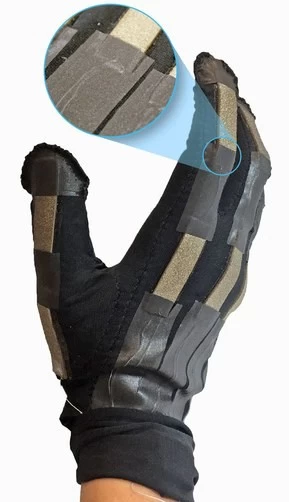

To make the sensors, Atalay first sandwiches two layers of souped-up fabric around a film of soft,
electrically insulating silicone. Then, a trusty laser cutter slices the sandwich into whatever shape
she wants. She runs a hot iron over an adhesive to attach the electrical leads—like attaching an
iron-on patch to your jean jacket, except she’s sticking a tiny wire to each layer of silver spandex.
Technically, what she's building is a parallel plate capacitor—each side of the metal-plated fabric
Technically, what she's building is a parallel plate capacitor—each side of the metal-plated fabric
is an electrode, holding equal but opposite charges. As the fabric stretches, the insulating silicone
between the electrodes thins out and the electrodes get bigger and closer together, changing the
sensor's capacitance (that’s the the charge on each conducting plate divided by the voltage
difference between them). That capacitance change is used to measure how far the fabric
stretches. And voila: a batch of stretchy, flexible motion sensors.
When Atalay and her collaborators attached these sensors to the fingers of a glove, they
When Atalay and her collaborators attached these sensors to the fingers of a glove, they
registered capacitance changes between different hand positions. Walsh imagines that a sensor
integrated into a t-shirt would measure heart rate. Though it's not something you should expect to
see on shelves soon: “We’re not quite at the put-it-in-the-machine and wash it for 20 cycles stage
yet,” Walsh says.
Full-on roboclothes will also need other infrastructure to support these stretch-tracking sensors. A
gripper would need actuators to provide oomph (Walsh’s lab has some in the works), and then
chips for “wireless communication, data storage, and power, so that your glove is truly a fully
integrated wearable system,” says Sheng Xu, a soft electronics researcher at UC San Diego. Xu
has worked on stretchable lithium ion batteries, and other groups continue to make new types of
optical fibers, Bluetooth antennas, and processing chips that are smaller and more flexible.
Other groups have made stabs at stretchy sensors before: They've tried carbon nanotubes,
Other groups have made stabs at stretchy sensors before: They've tried carbon nanotubes,
graphene, and liquid metals as the conducting electrodes in similar devices. But Walsh is excited
that their process is capable of forming many sensors at once, rather than building just one
sensor at a time.
Mass production is exciting, because stretchable electronics are geared to alter other
human-machine interfaces, too. In Xu’s view, “the virtual world is also basically electronics,” so
more sensors like these could crop up in VR gear. And inflatable robots, or the inflatable space
dwellings that NASA is testing, would benefit from neatly integrated sensors in their fabric
structures. Now that's metal.



